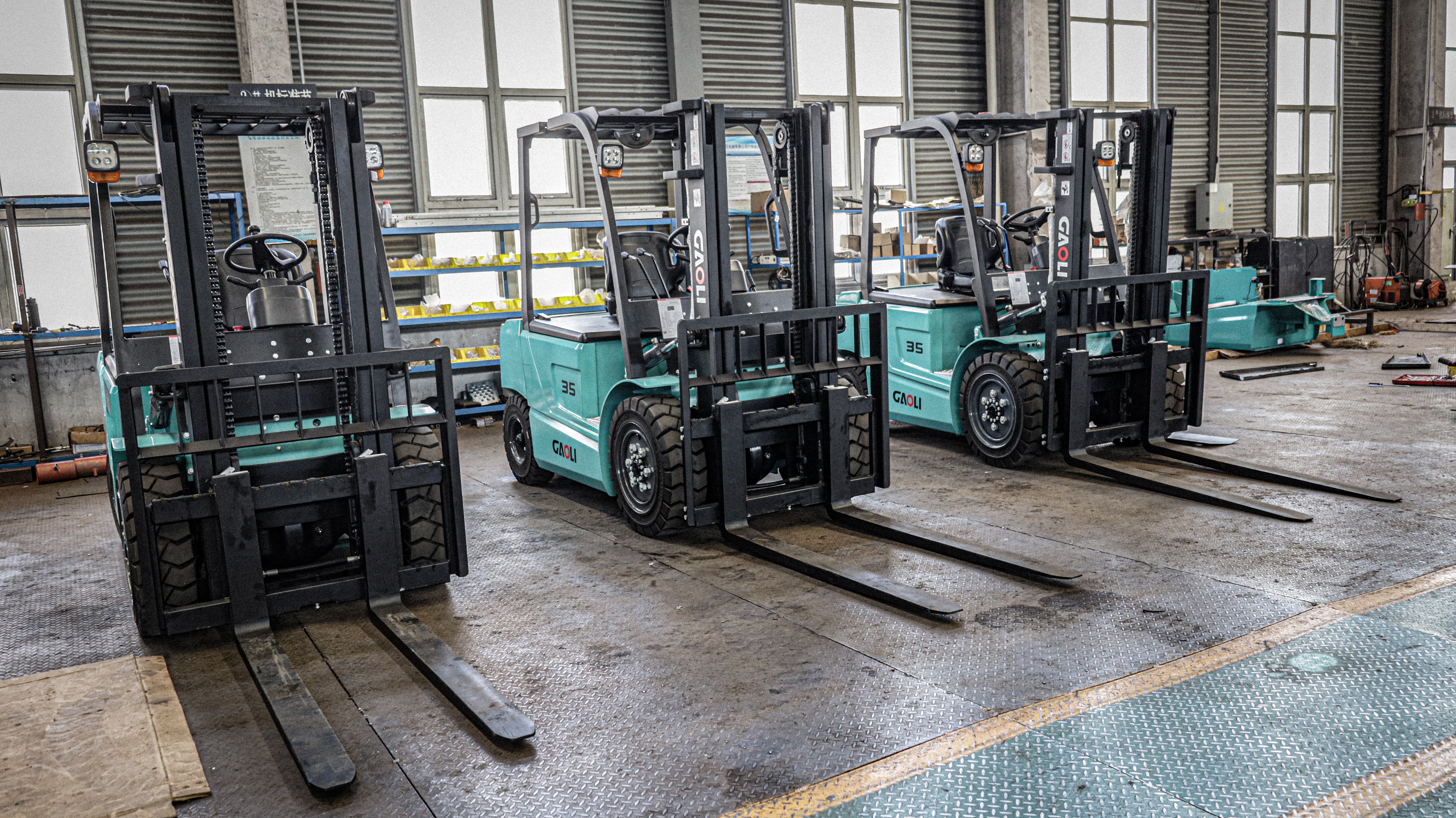forklift boom
The forklift boom is an essential attachment designed to enhance the functionality of traditional forklifts. Its main function is to provide an extended reach for lifting and transporting materials that are beyond the capacity of the forklift's standard forks. Technological features of the forklift boom include a robust steel construction for durability, a hydraulic lifting mechanism for smooth operation, and a variety of attachable accessories for increased versatility. This attachment is perfect for various applications, including warehouse management, construction, and manufacturing, where materials need to be lifted to greater heights or accessed from challenging angles.


